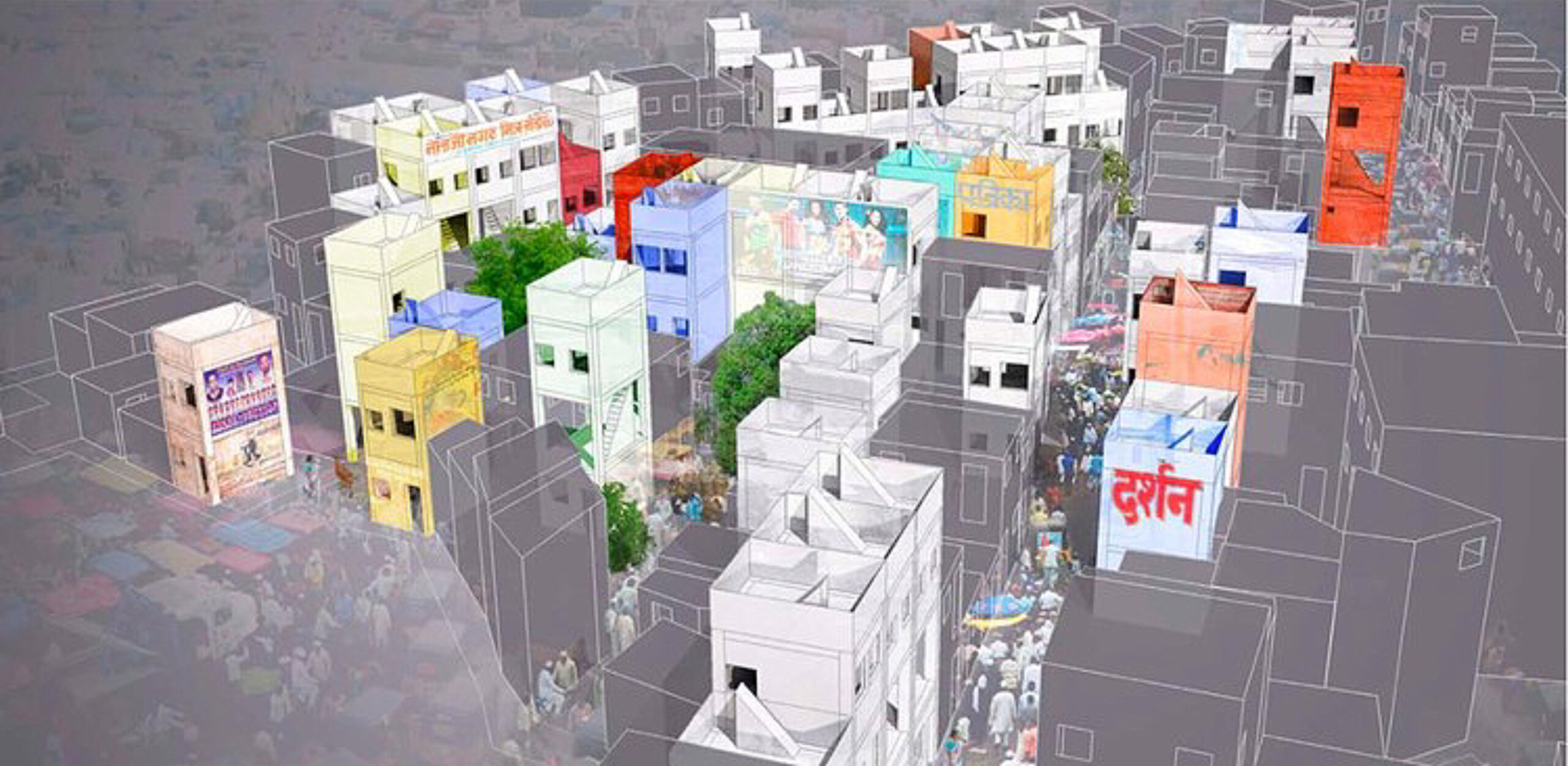| Location | Elizabeth River watershed, Virginia, USA |
| Date | 2005-9 |
| End User | 5000-6000 students; 10 000 people total annually |
| Client | Elizabeth River Project |
| Project Manager | Robin Dunbar |
| Design Firm | Crisman+Petrus Architects |
| Design Team | University of Virginia architectural design studio students, Professor Phoebe Crisman, Michael Petrus |
| Naval Architect | Eric Matherne, of Matherne Marine Design |
| Funders | Dominion Virginia Power, Lowe’s Charitable and Education Foundation, University of Virginia, Elizabeth River Project, Virginia Environmental Endowment, and private donors |
| Cost | $1.3 million USD |
| Area | 3840 sq ft/345.6 sq m |
| Occupancy | 150 people |
There are two composting toilets on the barge and during the school trips almost all 60 students onboard insist on using the bathroom.”
—Robin Dunbar, Learning Barge educational director

All six learning stations mirror a living river but at the scale of a house, allowing students to relate water usage to their own life. Photo: Michael Petrus/Crisman+Petrus Architects

The Barge is constructed of recycled steel and is powered by solar panels and wind turbines. Image: Phoebe Crisman, Michael Petrus and students/Crisman+Petrus Architects
The Elizabeth River in southeastern Virginia was once assumed “dead” due to centuries of abuse by the US Navy, major shipping corporations, and factory pollution. A tributary of the Chesapeake Bay, the river was too polluted for recreational use by the 1990s. In 1993, a group of environmental advocates formed the Elizabeth River Project with the goal of making the river safe for fishing and swimming by 2020.
While working with the Elizabeth River Project to revitalize the river’s waterfront, Phoebe Crisman, a professor of architecture at the University of Virginia and partner at Crisman+Petrus Architects, conceived of a new way to educate the public about the polluted river. “People will never care and become stewards of their Elizabeth River if they do not understand what state the river is in, and what actions they can take to make improvements,” Crisman says. Over a span of three years, Crisman centered her teaching curriculum around designing and fabricating the Learning Barge and in the summer of 2009 a group of students went to Portsmouth, Virginia, to assemble it. The vessel is a US Coast Guard-certified 120 x 32 foot (36 x 9.6 m) sustainable floating barge that traverses the Elizabeth River offering the public a hands-on opportunity to learn about and cleanup the river.
The Learning Barge is mainly used by the public schools in the cities of Norfolk, Chesapeake, Portsmouth and Virginia Beach. Rain collects on the roof of the barge, trickles through a natural sand and gravel filter, and collects below deck in two 500-gallon tanks. Students pump rainwater into a 5-gallon container to understand how much water they use while washing their hands in the bathroom, where the water drains out of handcrafted concrete sinks, molded in the form of geographic landmasses. Water flows into a replica of a wetland basin complete with freshwater native plants. Another pump brings river water into a 16 x 16 foot (4.8 x 4.8 m) observation pool in the middle of the barge with saltwater plants that clean it. Students test the water ensuring that it is cleaner than when they pumped it from the river before releasing it back into the river.
“There was not one minute where the children were not totally engrossed in the activities,” elementary school teacher Christie Sykes says. “Every station was innovative, child-friendly and informative.”


top image: Students pumps river water into the Learning Barge’s simulated wetland. Photo: Michael Petrus/Crisman+Petrus Architects
bottom image: Up to 5000 students visit the LearningBarge each school year. Photo: Michael Petrus/Crisman+Petrus Architects















READ OR LEAVE A COMMENT